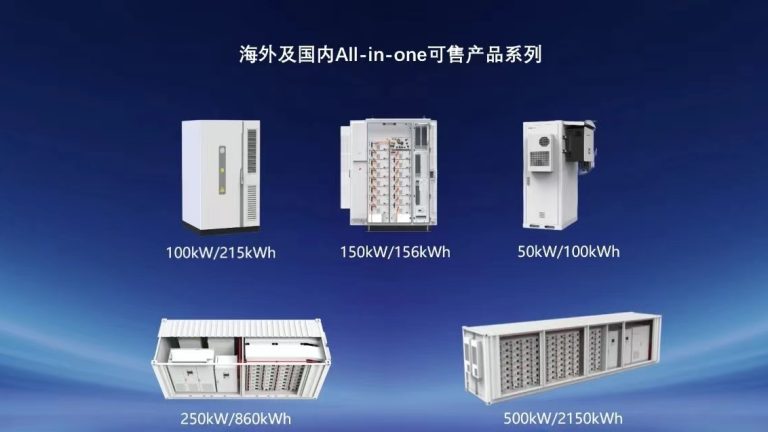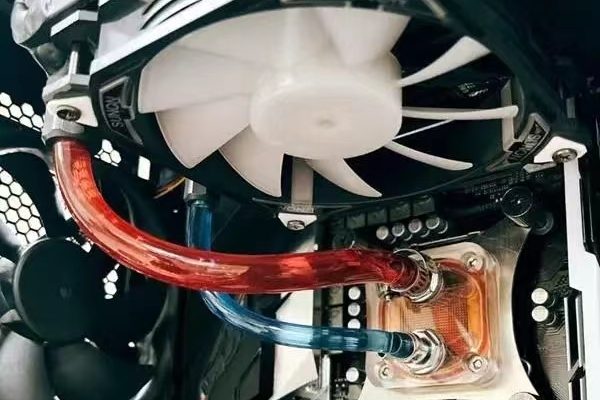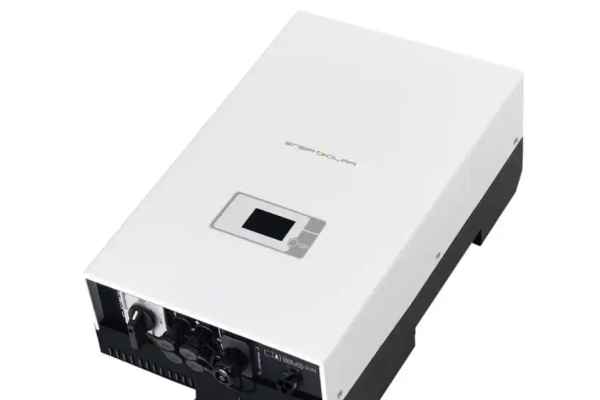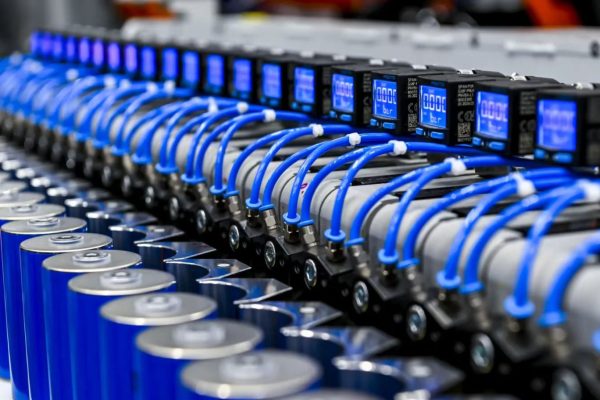Simplifying Solar Projects with Integrated Hybrid Solutions
As the solar and storage market continues to evolve, buyers are increasingly looking for systems that are easier to install, easier to maintain, and faster to deploy. This is where the concept of a PV+Storage All-in-One System comes into play.
But what does “all-in-one” really mean? Is it just marketing, or does it offer real technical and commercial benefits?
In this article, we explain what a PV+Storage all-in-one system is, how it differs from traditional setups, and why it might be the ideal choice for certain buyers—especially those serving residential, C&I, and off-grid applications in emerging markets.
1. What Is a PV+Storage All-in-One System?
At its core, a PV+Storage All-in-One System combines:
- Solar inverter (usually hybrid)
- Battery storage
- Battery management system (BMS)
- Energy management system (EMS)
- Sometimes, MPPT, AC/DC breakers, or even pre-wired solar inputs
- All inside a single cabinet or mounting structure
It’s a pre-integrated solution that works out-of-the-box—just connect PV cables, batteries (if external), and load/grid wires.
Depending on the design, it may be:
- Wall-mounted (for small homes or telecom use)
- Cabinet-style (for small commercial or off-grid hubs)
- Containerized (for large modular deployments, 50kWh+)
2. How Is It Different from Traditional Systems?
| Feature | Traditional System | All-in-One System |
|---|---|---|
| Components | Sourced separately | Pre-integrated |
| Wiring | Done on-site | Pre-wired or plug-in |
| Testing | Performed in field | Factory tested |
| Time to deploy | Slower | Faster |
| Troubleshooting | Requires system-level knowledge | Simplified support |
| Visual integration | Separate boxes | Single enclosure |
Think of it like the difference between building a PC from components vs. buying a laptop. Both work, but the integrated version offers convenience, form factor, and often fewer compatibility risks.
3. Who Benefits Most from All-in-One Systems?
A. Distributors in Developing Markets
- Need easy-to-deploy, reliable solutions
- Can stock pre-packaged systems for faster resale
- Don’t always have deep technical teams for onsite integration
Example: A solar distributor in Kenya can offer a 10kW hybrid cabinet system to small factories or clinics without needing to assemble inverters and batteries on-site.
B. Installers Handling Small Projects
- Faster deployment = more projects completed
- Less chance of wiring errors or incompatibility
- Lower maintenance burden
C. Telecom & Remote Infrastructure
- Require compact, rugged systems with minimal maintenance
- Prefer remote monitoring and plug-and-play logic
- Battery + inverter + EMS in one cabinet reduces field servicing cost
D. Government or NGO Deployments
- Need repeatable, replicable designs
- Easier logistics in remote or rural installations
- Safer installations due to factory-level quality assurance
E. Commercial Users with Limited Space
- Want energy security but don’t have space for multiple cabinets
- Appreciate aesthetic integration and simple O&M contracts
4. Key Technical Features to Look For
When evaluating an all-in-one system, check for:
| Feature | Why It Matters |
|---|---|
| Hybrid inverter with dual MPPT | Ensures flexible PV array design |
| Battery BMS integration | Essential for lithium safety |
| Built-in EMS | Load management, grid export control |
| Remote monitoring | Optional Wi-Fi/4G for diagnostics |
| Safety protections | Overload, short circuit, anti-islanding |
| Installation time | Ideally plug-and-play |
| Expansion options | Parallelable inverters or battery scalability |
| Local certifications | CE, IEC, UL, depending on target market |
5. Common Sizes and Configurations
| Application | Typical Size | Form Factor |
|---|---|---|
| Home backup | 3–10kW + 5–15kWh | Wall-mounted hybrid box |
| Telecom/off-grid | 5kW + 10kWh | Compact cabinet |
| Small factories | 10–30kW + 20–100kWh | Floor-standing cabinet or 20ft container |
| Mini-grids | 30kW+ with scalable storage | Modular container system |
⚠ Note: Not all “all-in-one” products are truly integrated—some just bundle products. Always check wiring, logic, and commissioning process.
6. Are There Downsides?
Yes, a few trade-offs:
- Less customization: You’re limited to predefined configurations
- Weight/transport: Some cabinet systems are heavy for rooftop installs
- Cost per watt: Slightly higher than DIY component-based builds
- Firmware lock-in: Can’t always mix-and-match with other brands
But in return, you gain time savings, peace of mind, and lower risk—especially for customers who want fast deployments or minimal on-site labor.
7. Who Should Avoid All-in-One Systems?
- Large EPCs with in-house engineering: Prefer custom designs for price and flexibility
- Projects with very tight budgets: May choose separate components to reduce BOM
- Sites with complex load profiles: Need advanced custom EMS programming
If your business model relies on deep system integration, traditional architectures may offer more control.
8. What Buyers Should Ask Suppliers
Before placing orders, ask:
- Is the system pre-wired and factory tested?
- What’s the expected installation time?
- Does the EMS handle grid export control?
- Can I expand batteries or inverters later?
- Is it compatible with local grid standards?
- Is remote firmware upgrade supported?
- What is the warranty structure (inverter, battery, cabinet)?
A Smart Choice for Fast-Growth Markets
PV+Storage All-in-One systems are not a universal solution—but for the right market segment, they are an efficient, low-risk, and scalable alternative to traditional multi-box designs.
If you’re a trader, distributor, or small EPC looking to offer value-added solutions to time-sensitive customers, integrated hybrid systems can differentiate your portfolio—both technically and commercially.









